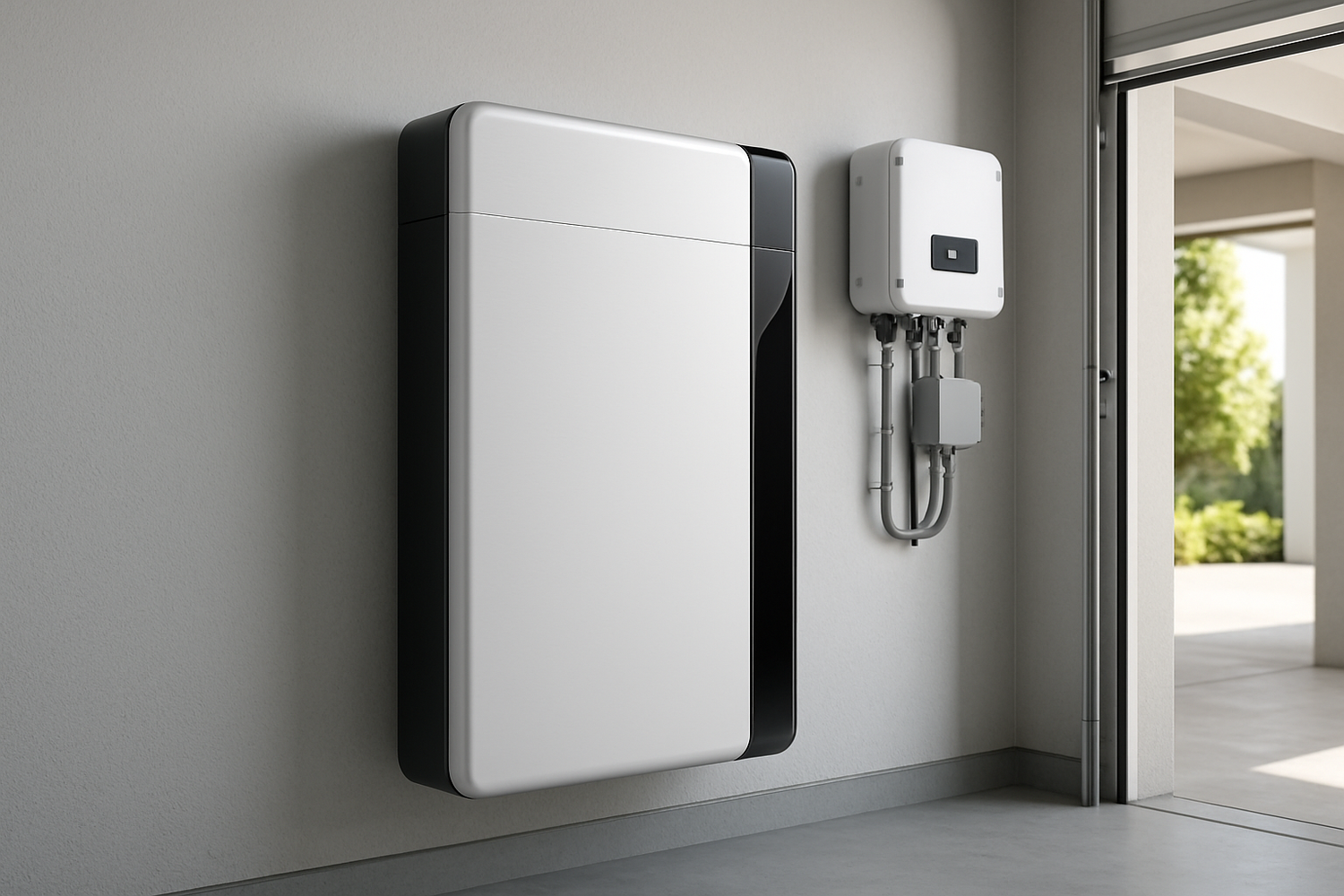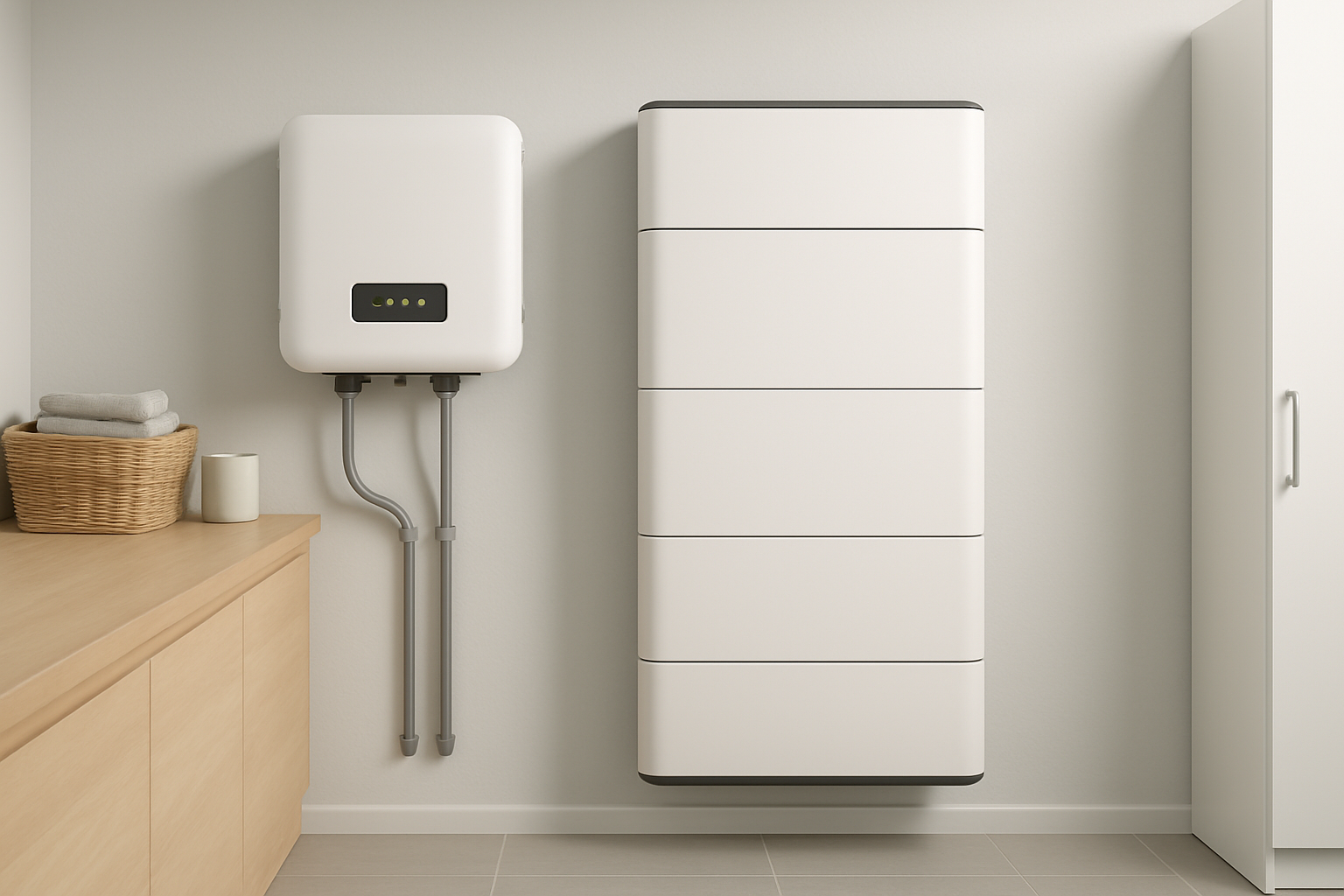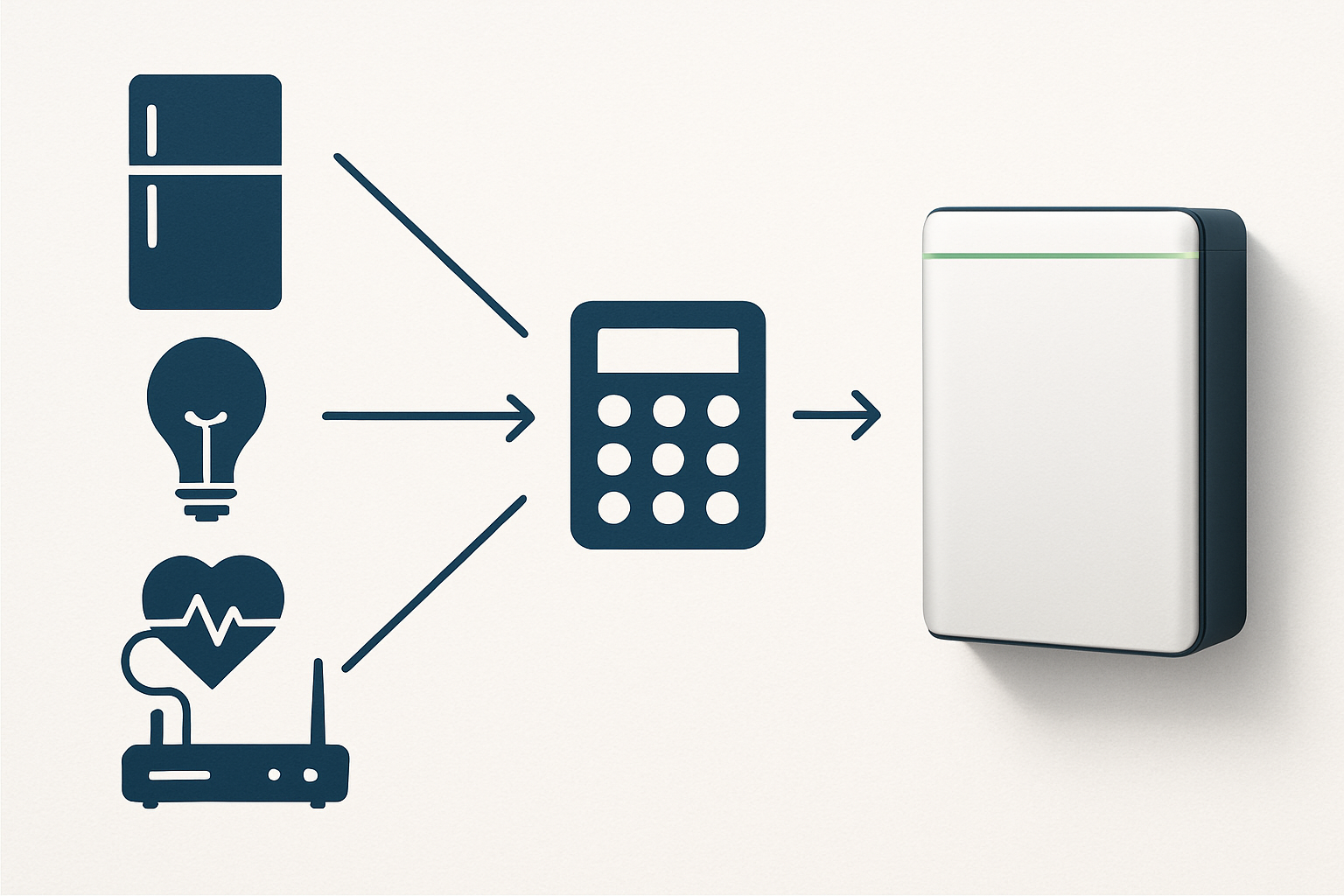When the power goes out, a reliable backup system provides peace of mind. Many people assume that when it comes to battery capacity for emergency power, bigger is automatically better. This logic seems simple: more storage equals more security. Yet, the reality of effective battery sizing is more nuanced. The ideal backup power system is not necessarily the largest one you can afford, but the one that is perfectly tailored to your specific needs. An oversized battery can lead to unnecessary costs and inefficiencies, while an undersized one may fail you when you need it most. This look into battery sizing will help you find the right balance for true energy independence.
Understanding Your Real Energy Needs
Before choosing a battery, you must first define what you need to power during an outage. Sizing a battery without this information is like packing for a trip without knowing the destination. You might bring too much or not enough. A precise calculation of your energy requirements is the foundation of an effective and cost-efficient backup power system.
Defining Your Critical Loads
Critical loads are the essential appliances and devices you cannot live without during a power outage. These typically include refrigerators, specific lights, medical equipment, well pumps, and communication devices like internet routers. Make a list of these items. Then, find the wattage of each appliance, which is usually listed on its label. Adding these figures together gives you the total power (in watts) your system must supply at any given moment. This step is crucial for determining the necessary power output of your inverter and battery.
Calculating Required Backup Duration
Once you know what you need to power, the next question is for how long. Do you need to bridge a gap of a few hours, or are you preparing for a multi-day outage? To calculate your total energy needs, multiply the total wattage of your critical loads by the number of hours you want backup power. This gives you a figure in watt-hours (Wh) or kilowatt-hours (kWh). For example, if your critical loads total 1,000 watts and you need 10 hours of backup, you require a battery with at least 10,000 Wh or 10 kWh of usable capacity. This calculation helps you select a battery with the right amount of energy storage.
The Potential Downsides of an Oversized Battery
While having excess capacity might seem like a safe bet, choosing a battery that is too large for your needs can have significant disadvantages. These drawbacks range from financial strain to operational inefficiencies, proving that a 'more is more' approach is not always the smartest strategy for a backup power system.
The Financial Implications
The most obvious drawback of an oversized battery is the higher upfront cost. Battery energy storage systems are a significant investment, and their price scales directly with capacity. Paying for kilowatt-hours you will never use is an inefficient use of funds. A properly sized system, on the other hand, meets your emergency power needs without straining your budget, ensuring a better return on your investment.
Efficiency and Performance Considerations
Batteries, particularly advanced chemistries like Lithium Iron Phosphate (LiFePO4), are designed to operate most efficiently within a specific state-of-charge range. An oversized battery that is rarely discharged deeply may not perform optimally over its lifespan. According to the International Energy Agency's World Energy Outlook 2024, the value of batteries lies in their ability to provide flexible and dispatchable capacity. A system that is too large for its application may not cycle enough to maintain optimal health, potentially leading to a shorter effective lifespan than a right-sized unit that is used more appropriately.
Space and Installation Challenges
Larger capacity batteries are physically bigger and heavier. This can create installation challenges, especially in homes with limited space. You might need to dedicate a significant portion of your garage or utility room to the unit. The increased weight could also require structural reinforcement, adding complexity and cost to the installation process. A more compact, correctly sized system is often easier and more flexible to install.
Key Factors in Sizing Your Energy Storage System
Effective battery sizing goes beyond a simple calculation of capacity. You must consider several interconnected factors, including power output, battery chemistry, and integration with other power sources like solar panels. A holistic approach ensures your system is reliable, durable, and ready for any situation.
Power Output vs. Energy Capacity
It is vital to distinguish between a battery's power output (kW) and its energy capacity (kWh). Capacity is how much energy the battery can store, while power is how quickly it can deliver that energy. A battery with high capacity but low power output may not be able to start large appliances like an air conditioner or a well pump, even if it has enough stored energy. Your system's inverter and battery must be able to handle the combined instantaneous power draw of all your critical loads. As detailed in the ultimate reference on solar storage performance, matching the inverter's continuous and surge power ratings to your load requirements is just as important as the battery's kWh rating.
| Appliance | Average Power (Watts) | Estimated Runtime (Hours) |
|---|---|---|
| Refrigerator | 200 W | 50 |
| LED Lights (5 bulbs) | 50 W | 200 |
| Internet Router/Modem | 15 W | 667 |
| Laptop | 65 W | 154 |
| Sump Pump (1/3 HP) | 800 W (during operation) | 12.5 (continuous) |
| Medical Device (e.g., CPAP) | 60 W | 167 |
Battery Chemistry and Lifespan
The type of battery you choose significantly impacts performance and longevity. LiFePO4 batteries have become a leading choice for residential energy storage due to their safety, long cycle life, and high efficiency. They can typically be discharged more deeply (a higher Depth of Discharge or DoD) than traditional lead-acid batteries without sustaining damage. This means a 10kWh LiFePO4 battery provides more usable energy than a 10kWh lead-acid battery. A right-sized LiFePO4 system can deliver reliable emergency power for thousands of cycles, offering superior long-term value.
Integration with Solar Panels
If you have a solar energy system, your battery sizing strategy changes. A solar array can recharge your battery during the day, even during an outage. This means you may not need a battery large enough to last for several days on its own. Instead, it only needs to be large enough to cover your energy needs overnight and during periods of low sun. The International Renewable Energy Agency (IRENA) notes in its Electricity Storage Valuation Framework that one of the key values of storage is its ability to time-shift energy. With solar, you can store abundant daytime energy for use when it is most needed, reducing the need for massive capacity.
Finding the Right Balance
The goal of battery sizing is not to acquire the most capacity, but the right capacity. This involves a balanced approach that considers your unique energy profile, future needs, and budget. A well-designed system provides security without excess.
The Value of Scalable Solutions
One of the best ways to future-proof your investment is to choose a modular and scalable energy storage system. This allows you to start with a battery that meets your current critical needs and budget. Later, if your energy consumption increases or you decide to back up more of your home, you can easily add more battery modules to expand your capacity. This approach provides flexibility and prevents you from overinvesting at the outset.
Why Professional Consultation Matters
While online calculators can provide a good estimate, a professional energy consultation offers a precise and personalized assessment. An expert can analyze your energy usage patterns, evaluate your home's electrical system, and consider local factors like weather and grid reliability. This ensures your backup power system is perfectly sized and optimized for performance, safety, and longevity, giving you confidence in your energy independence. As the IEA's report Getting Wind and Solar onto the Grid points out, integrating assets like storage into a system requires careful planning to maximize their value and reliability.
A Final Perspective
In the quest for reliable emergency power, the focus should shift from 'bigger' to 'smarter'. The most effective backup power system is one that is intelligently sized to your life. It requires a thoughtful evaluation of your critical loads, desired backup duration, and how the system integrates with other power sources like solar. By prioritizing a tailored solution, you invest in a system that is not only cost-effective but also highly reliable and efficient. This strategic approach is the true path to achieving lasting energy security and independence for your home.
Frequently Asked Questions
How long will a 10kWh battery last in a power outage?
The runtime of a 10kWh battery depends entirely on the power consumption of the appliances connected to it. For example, if you are powering 500 watts of critical loads (e.g., a refrigerator, some lights, and a router), the battery would last approximately 20 hours (10,000 Wh / 500 W = 20 hours). If your load is 2,000 watts, it would last about 5 hours.
Can I add more batteries to my system later?
Yes, many modern energy storage systems are designed to be modular and scalable. This allows you to expand your storage capacity by adding more battery units in the future. However, this capability depends on the specifications of your inverter and the overall system design, so it is important to plan for scalability from the start.
What is more important: battery capacity (kWh) or power output (kW)?
Both are equally important, as they serve different functions. Capacity (kWh) determines how long your backup power will last, while power output (kW) determines how many appliances you can run simultaneously. A system with high capacity but low power output might not be able to start essential, high-draw appliances. A balanced system has sufficient capacity and the power output to meet your critical needs.





Leave a comment
All comments are moderated before being published.
This site is protected by hCaptcha and the hCaptcha Privacy Policy and Terms of Service apply.